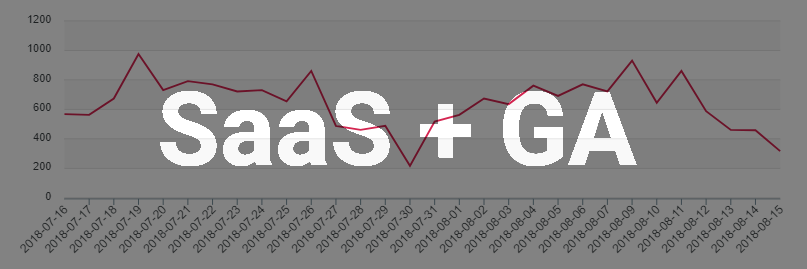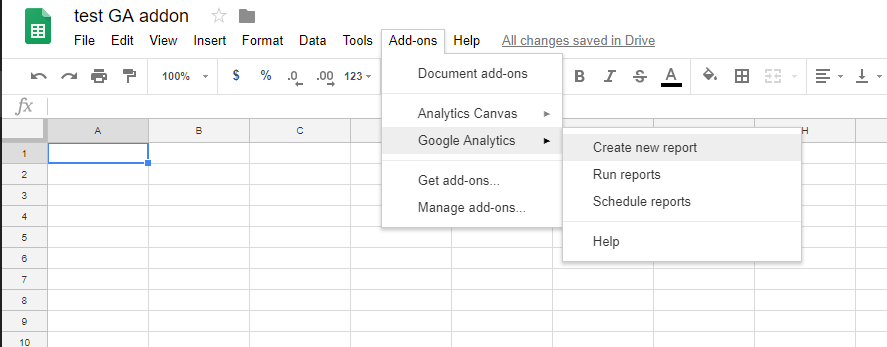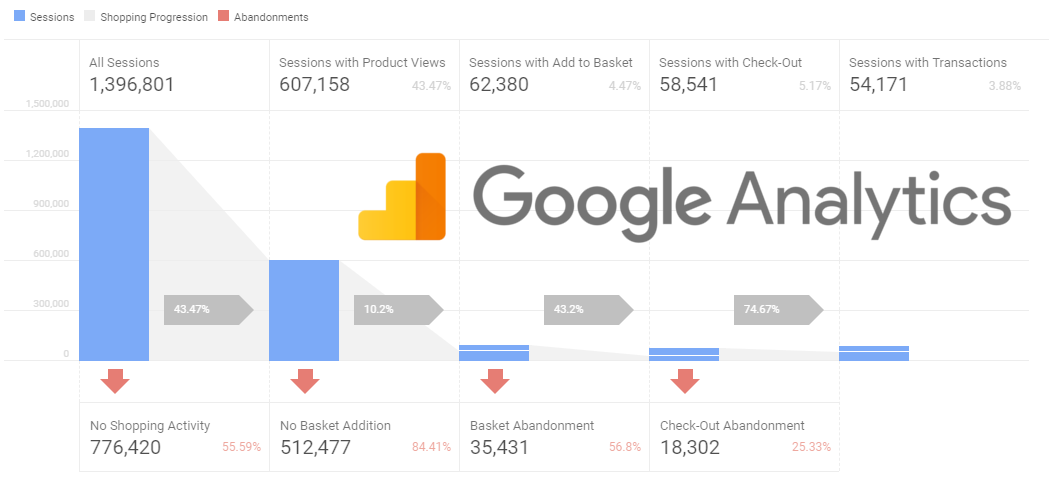While it was originally built for tracking general marketing and ecommerce websites, Google Analytics can be configured to track your SaaS app as well. After building tracking setups for 11 different SaaS tools, I can say that Google Analytics excels in tracking SaaS. In this article, I’m giving you a bunch of practical guidelines for doing the same with your own (or your client’s) SaaS app.
Category: Technical
Depending on the type of website you are working with, it is likely that some percentage of your users are using their browser in incognito or private mode.
Since using incognito mode can skew the numbers you see in analytics, it is really good to know the estimated percentage of visitors that prefer to stay incognito.
Depending on whether you are using the free or 360 version of Google Analytics you get 20 or 200 custom dimensions and metrics to work with.
When used correctly, these custom definitions can be one of the most useful custom features in Google Analytics. They allow you to tailor your analytics to meet your needs and to match your KPI-s.
One of the most common problems related to custom definitions has been that people don’t know what exactly are the dimensions and metrics they should be tracking.
There is a wide variety of Javascript data visualization (charting) libraries available for free. One problem this (good) situation has caused is that it can be rather difficult to pick the right one for your project. And, trust me, switching the library after it has grown to be part of your project is a real pain in the butt.
Google Analytics, undoubtedly an industry leader in digital analytics, comes with a decent list of features available out of the box. Naturally, every website is different and so are their key objectives.
Tracking the performance of those key objectives is exactly where Google Analytics goals come into play. In this article, we are covering how to track the popular user actions as goals in Google Analytics.
Google Analytics’s visual interface is great for getting a quick overview and basic data exploration. Often times, in order to find useful insights, you need to take a deeper look and the visual interface just don’t cut it anymore.
In case you are like me, and many other data-driven marketers/analysts, you like working with spreadsheets. Luckily, pulling your Google Analytics data into Google Spreadsheets is easier than you might think.
If you’ve ever worked with Google Analytics API, you are probably familiar with the Query Explorer. What many users don’t know about is that Google also has a similar tool called Request Composer. The main difference between the two is that while Query Explorer is built on top of Reporting API v3 the Request Composer […]
Apache Superset is a modern, enterprise-ready business intelligence web application that makes it easy to visualise large datasets and build complex dashboards. At Reflective Data, we are using Apache Superset to monitor all data going through our platform with minimum latency. This allows us to easily combine data from different databases and every analyst can […]
The Enhanced Ecommerce tracking is my favorite feature of Google Analytics, yet so many companies are not using most of its features. It’s time to turn this into your competitive advantage.
While there are other creative use cases, in this article I’m focusing on tracking the websites actually selling goods or services online.
The goal of this article is to provide an up-to-date information and guidelines for implementing Google Analytics Enhanced Ecommerce tracking on an e-commerce site using Google Tag Manager.
This article is for everyone using Google Analytics or Google AdWords on any of their websites and don’t know much about the new gtag.js, yet.
In this article, I am going to give you a quick overview of what gtag.js aka Global Site Tag is as well as who and when should consider migrating from their current tracking setup.









